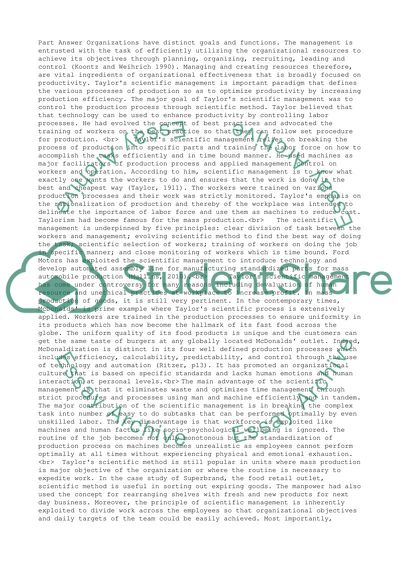(Leadership and management solutions) Essay Example | Topics and Well Written Essays - 500 words. Retrieved from https://studentshare.org/management/1669569-leadership-and-management-solutions
(Leadership and Management Solutions) Essay Example | Topics and Well Written Essays - 500 Words. https://studentshare.org/management/1669569-leadership-and-management-solutions.


